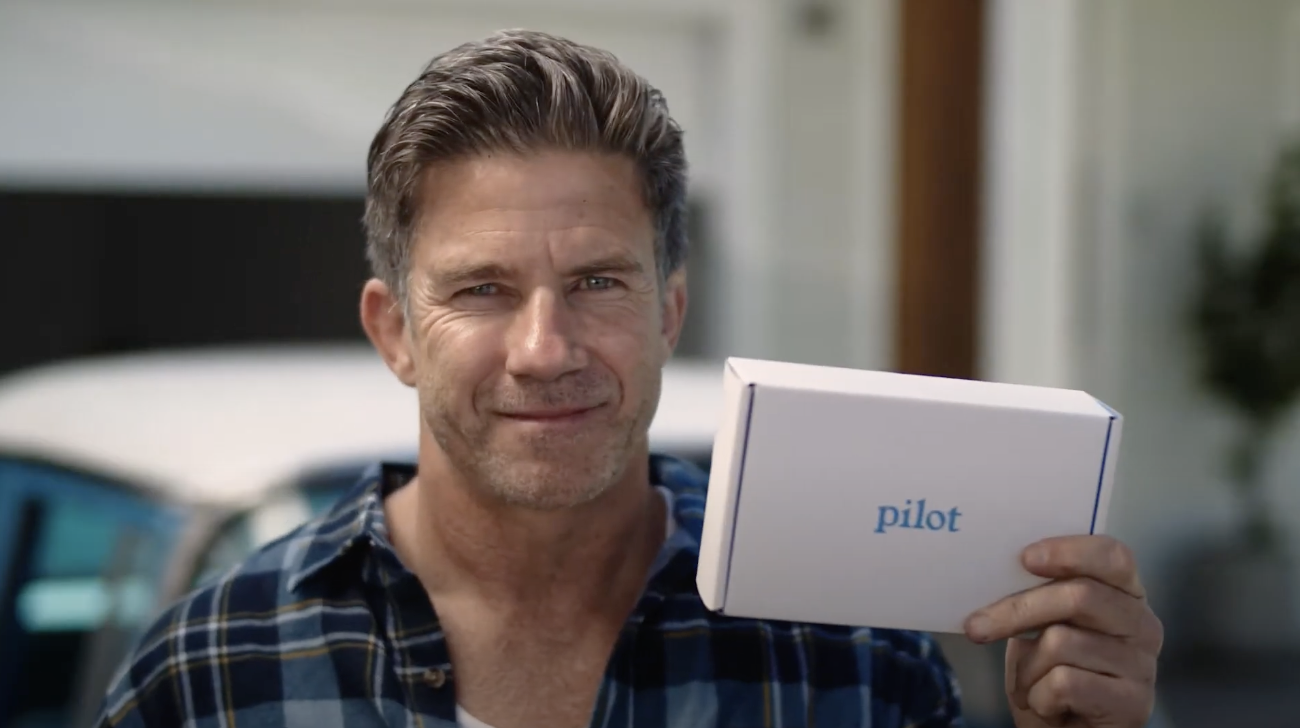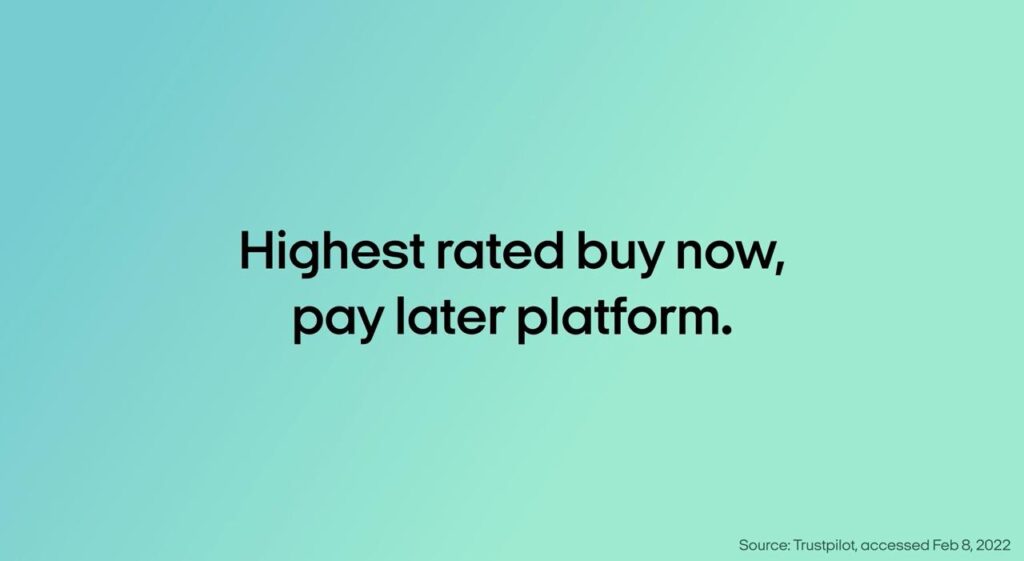In the world of marketing, the difference between features and benefits can make or break your campaign. This concept was famously highlighted by Steve Jobs during the launch of the iPod, where he touted “1,000 songs in your pocket” instead of the technical “4GB of storage.”
This shift from features to benefits not only transformed how products were marketed but also set a precedent for how we approach video marketing today. As marketers, understanding when to focus on features versus benefits can elevate your video campaigns and connect more effectively with your target audience.
What Are Features vs Benefits?
Before diving into strategy, let’s define both clearly:
- Features are the factual attributes of your product or service. They describe what something is or does.
Example: A phone has a 6.5-inch OLED screen, 128GB storage, and a 48MP camera.
- Benefits are the outcomes those features deliver to the customer. They explain why the product matters and how it improves life.
Example: A brighter screen for streaming anywhere, storage for thousands of photos, and a camera that captures memories in stunning detail.
Put simply: features describe, benefits persuade.
Why Selling Benefits vs Features Matters in Marketing
Focusing only on features is like reading from a technical manual. It tells people what your product does, but it doesn’t show them why they should care.
On the other hand, focusing only on benefits can feel vague. Without evidence, audiences may dismiss your claims as empty promises. The most effective marketing strategies strike a balance.
- Benefits capture emotion, solve pain points, and create desire.
- Features provide credibility, proof, and reassurance.
The balance depends on where your customer is in their journey.
Features vs Benefits in the Customer Journey
1. Awareness Stage (TOFU): Lead with Benefits
At the top of the funnel, customers are just learning about you. They aren’t ready for technical details. They want to know how your product helps them.
- Emotional connection → Benefits address pain points directly.
- Clarity → Benefits simplify complex topics.
- Storytelling → Benefits create scenarios customers can picture.
Example: Volvo’s “Epic Split” campaign. The feature was precision steering. The benefit was incredible stability, shown emotionally through Jean-Claude Van Damme balancing between two moving trucks.
2. Consideration Stage (MOFU): Combine Benefits and Features
Here, buyers compare products. They want detail but still need to feel emotionally drawn in.
Example: GitHub’s explainer video. It introduces features (version control, collaboration, hosting repositories) but connects them to benefits (better teamwork, fewer errors, faster shipping).
3. Decision Stage (BOFU): Back Benefits with Features
At this stage, your audience is nearly ready to buy. They need confidence. Detailed features reinforce the decision and address last-minute concerns.
Example: Afterpay x Bailey Nelson’s case study video. Customers explain benefits (affordable payments, flexibility) while the brand demonstrates features (split instalments, simple checkout).
Features vs Benefits of a Product: The Core Distinction
Every product has features of your product that describe what it does. But those features are only powerful when tied to benefits of your product.
- Feature-only marketing feels cold and technical.
- Benefit-only marketing feels vague and unsubstantiated.
The goal is to make the link explicit: “This feature exists, so you can enjoy this benefit.”
Turning Features Into Benefits: The Feature-Benefit Matrix
One of the most practical marketing tools is the feature benefit matrix. This helps you map out exactly how to communicate both sides.
Step 1: List your product’s features.
Example: Noise-cancelling headphones, 30-hour battery, foldable design.
Step 2: Translate each into a benefit.
- Noise-cancelling → Focus without distractions, even on flights.
- 30-hour battery → Listen all day without recharging.
- Foldable design → Save space and travel light.
Step 3: Match benefits to customer pain points.
- Commuters → Want to block out noise.
- Travellers → Need longer battery life.
- Students → Want something portable.
By mapping features directly to benefits and customer problems, your marketing messaging becomes sharper, easier to understand, and harder to ignore.
Benefits vs Features Examples Across Industries
Here are some clear benefits vs features examples from well-known products:
Smartphone
- Feature: 128GB storage.
- Benefit: Save thousands of photos without running out of space.
Running shoes
- Feature: Lightweight sole.
- Benefit: Run faster with less effort.
Energy-efficient fridge
- Feature: 5-star energy rating.
- Benefit: Save money on electricity bills while lowering your carbon footprint.
Video software
- Feature: Built-in collaboration tools.
- Benefit: Save time by editing with your whole team in one place.
Fitness equipment
- Feature: Built-in progress tracker.
- Benefit: Stay motivated and see results faster.
Financial app
- Feature: Automatic budgeting.
- Benefit: Worry less and keep control of your spending.
Each one shows how a product’s features translate into outcomes customers actually care about.
Common Mistakes in Selling Features vs Benefits
Even experienced marketers fall into traps when balancing features and benefits.
Mistake 1: Overloading With Features
Long feature lists overwhelm customers and create friction. Prospects end up thinking, “So what?”
Mistake 2: Benefits Without Proof
Over-promising benefits (“Transform your life!”) without showing the supporting features risks losing trust.
Mistake 3: Ignoring Pain Points
If your benefits don’t connect to specific problems customers face, they won’t resonate. Benefits must tie back to real pain points.
Mistake 4: Forgetting the Target Audience
Your target market matters. Tech-savvy buyers might want specs. Lifestyle audiences want emotional benefits. One message doesn’t fit all.
Practical Steps to Balance Features and Benefits
- Start with benefits – Open with what matters most to the customer.
- Add features as proof – Use them to build trust and detail.
- Segment your audience – Tailor messaging to your prospective customers.
- Frame benefits in outcomes – Saving time, saving money, improving quality of life.
- Always answer “so what?” – Every feature should lead to a clear benefit.
Features vs Benefits in Marketing Videos
Video is a unique tool because it lets you show both sides at once:
- Visual storytelling – dramatise benefits (a family enjoying more free time).
- On-screen text or graphics – list key features (battery life, software tools).
- Testimonials and case studies – combine both with real-world proof.
The best marketing strategies don’t just “tell.” They show the connection between features and benefits.
At Story Machine, we help brands do exactly that, crafting video content that resonates emotionally and delivers detail.
FAQs on Selling Benefits vs Features
1. Why sell benefits over features?
Because benefits speak directly to customer desires. They answer “what’s in it for me?”
2. What is the difference between features and benefits in marketing?
Features are what your product does. Benefits explain why that matters to the customer.
3. What are features vs benefits of a product?
Features are the specs and functions. Benefits are the improvements to a customer’s life.
4. Can you give benefits vs features examples?
Yes: “10-hour battery life” (feature) vs “work all day without charging” (benefit).
5. How do you create a feature benefit matrix?
List each feature, link it to a benefit, and connect it to a customer pain point.
The Bottom Line
Understanding selling benefits vs features isn’t just copywriting, it’s a mindset.
- Benefits connect emotionally and drive engagement.
- Features provide substance and close the sale.
- The right balance can increase trust, reduce friction, and drive increased sales.
Whether you’re producing an explainer, a product demo, or a brand ad, the rule is the same: start with benefits, back them up with features, and always keep your target audience in mind.
Ready to show both the features and benefits of your product through powerful video content?
Contact Story Machine today to create marketing that connects and converts.nly stand out in a crowded market but also create lasting impressions that resonate far beyond the screen.






